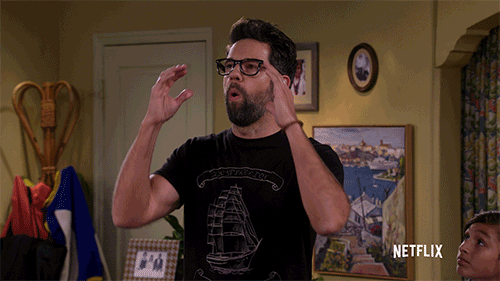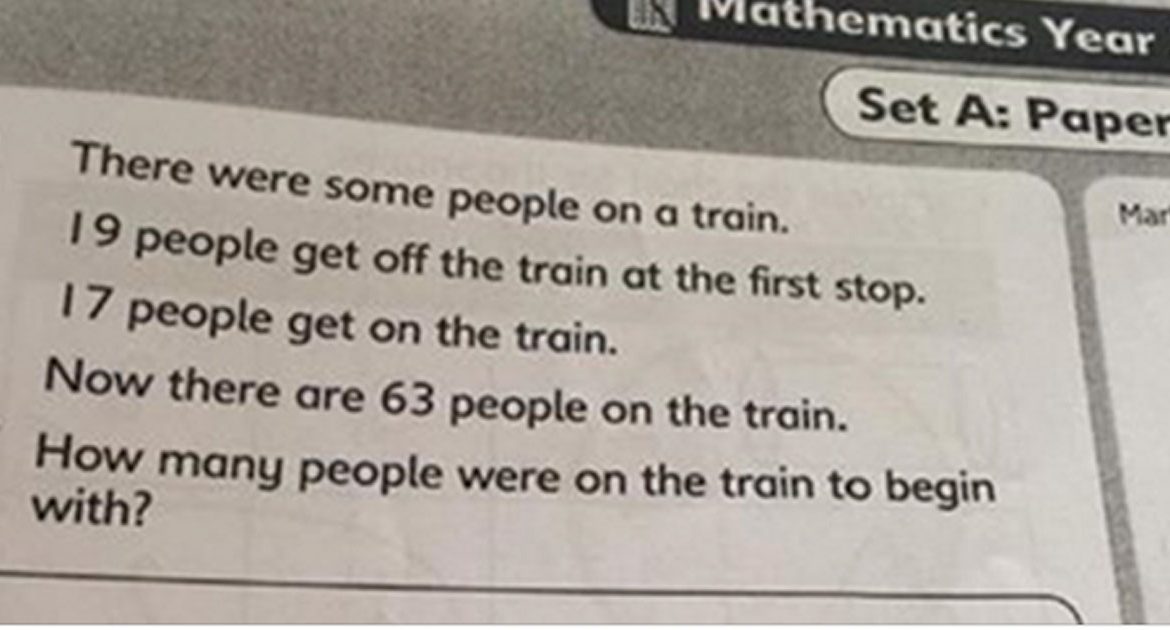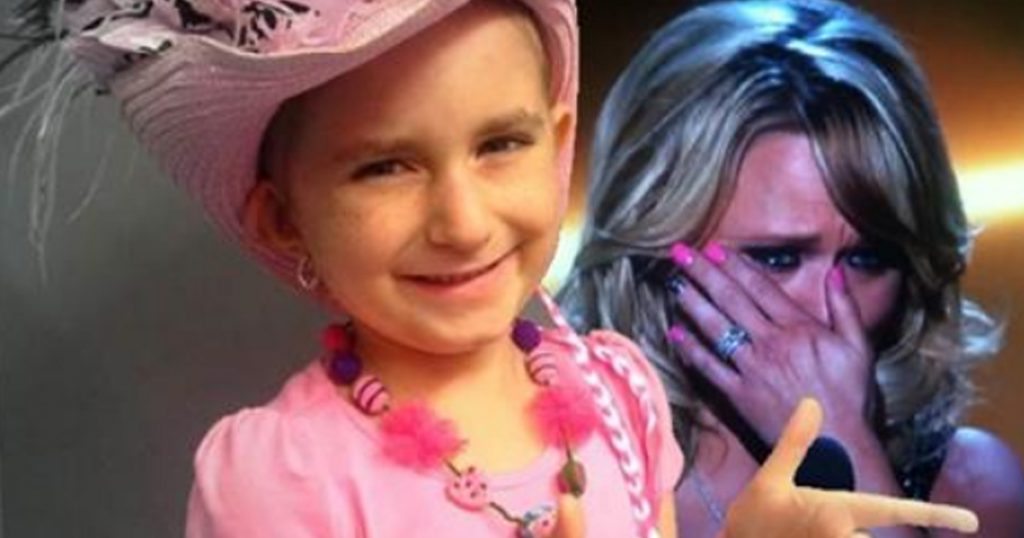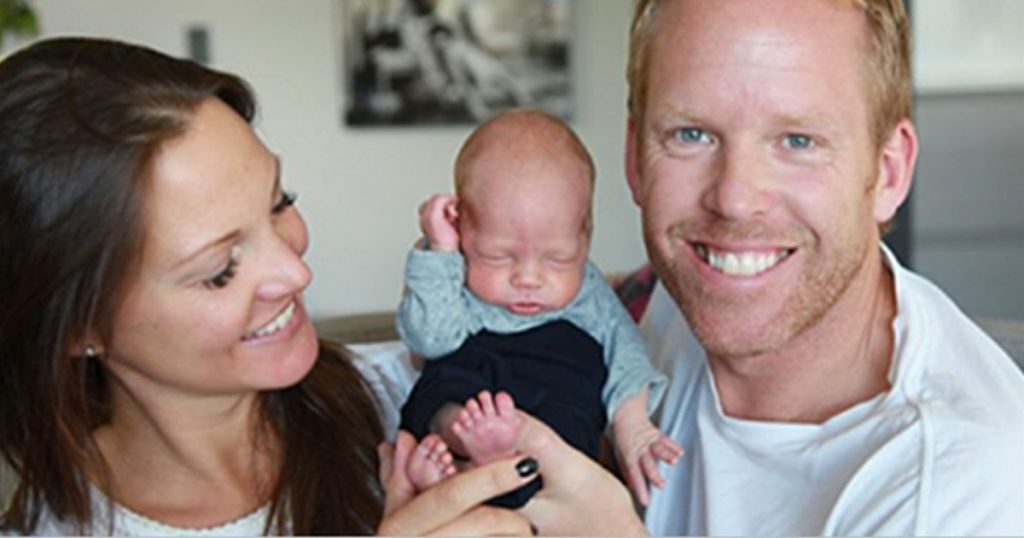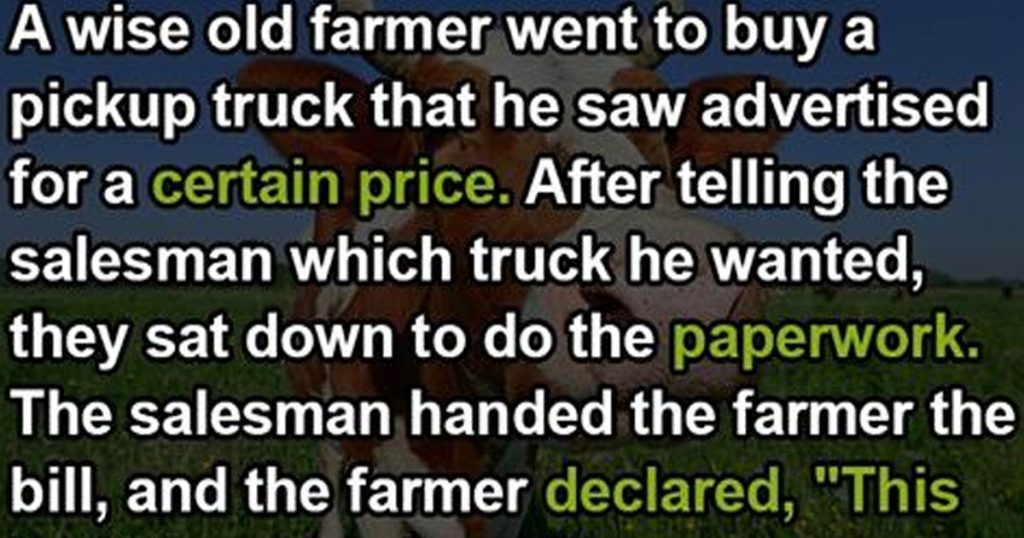If you’ve been hanging around social media these past couple of years, seeing these random mathematics questions from young children’s workbooks won’t be surprising to you.
What is surprising is the sheer amount of people who wind up getting the answers to these problems wrong.
If you’re like me and hated math growing up, then you know how real the struggle is for each of these questions. It all started with Louise Bloxham who posted the question to Twitter with the wrong answer, citing confusion from everyone.
The question is: There were some people on a train. 19 people get off the train at the first stop. 17 people get on the train. Now there are 63 people on the train. How many people were there on the train, to begin with?
Now, it’s a pretty simple question overall so if you feel like you’ve got it, you probably do. It’s not too tricky, but it might be hard for a Year 2 level student—aka its intended audience.

Okay, so here’s how you solve the equation. It’s all just a matter of going backward.
There are 63 people on the train so we take away the 17 people that boarded the train giving us 46 people. From there we must account for the 19 people who got off the train, so add that to 43 and you get 65. There were 65 people on the train, to begin with.
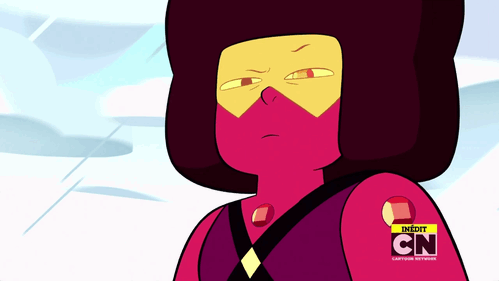
It’s all pretty straightforward, but we can thank Louise Boxham for allowing this to go viral with the tweet of the wrong answer that confused hundreds of people. So, it’s not really that anyone couldn’t figure out the answer, it’s that no one could figure out Louise’s answer.
It got so bad that some people said that the 19 people who got off the train were a “red herring” but no one would expect a child in grade 2 to grasp that would they? Luckily it was all much more simple than us complicated adults were making it out to be.
